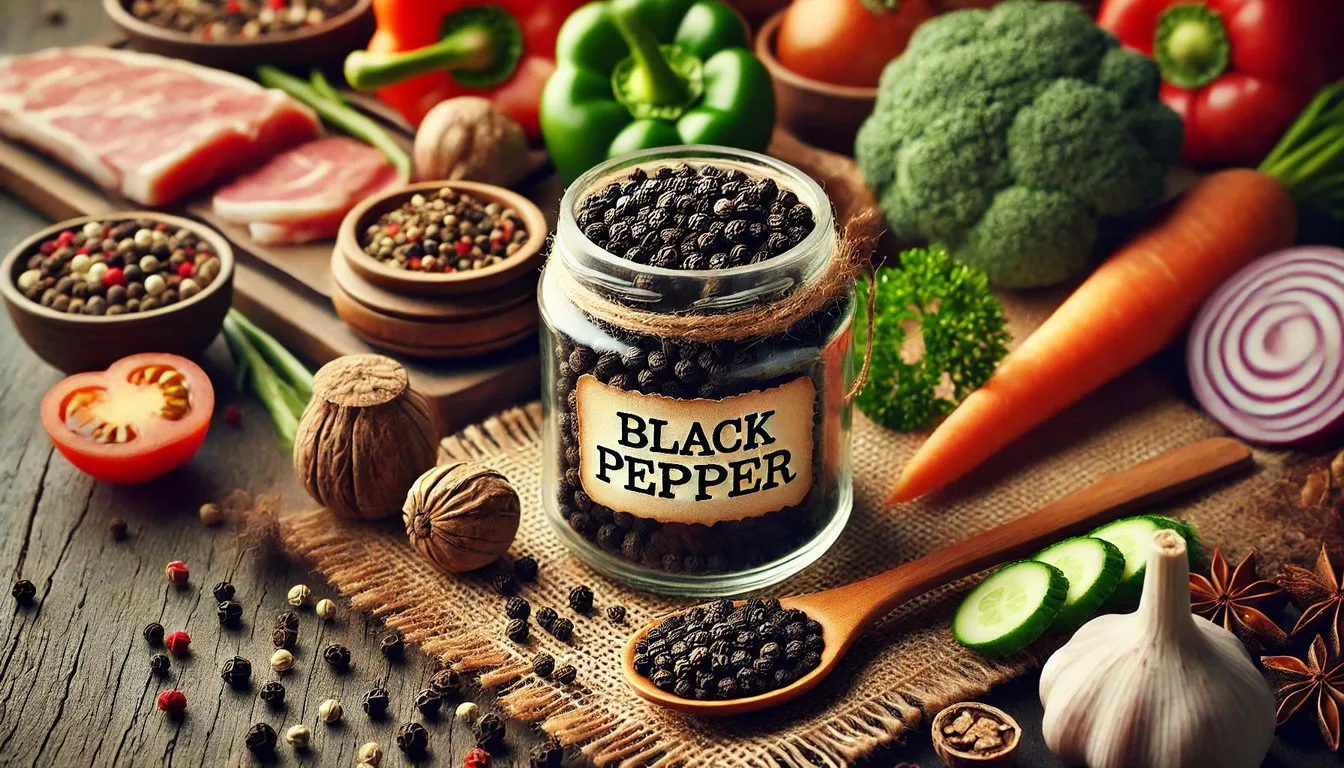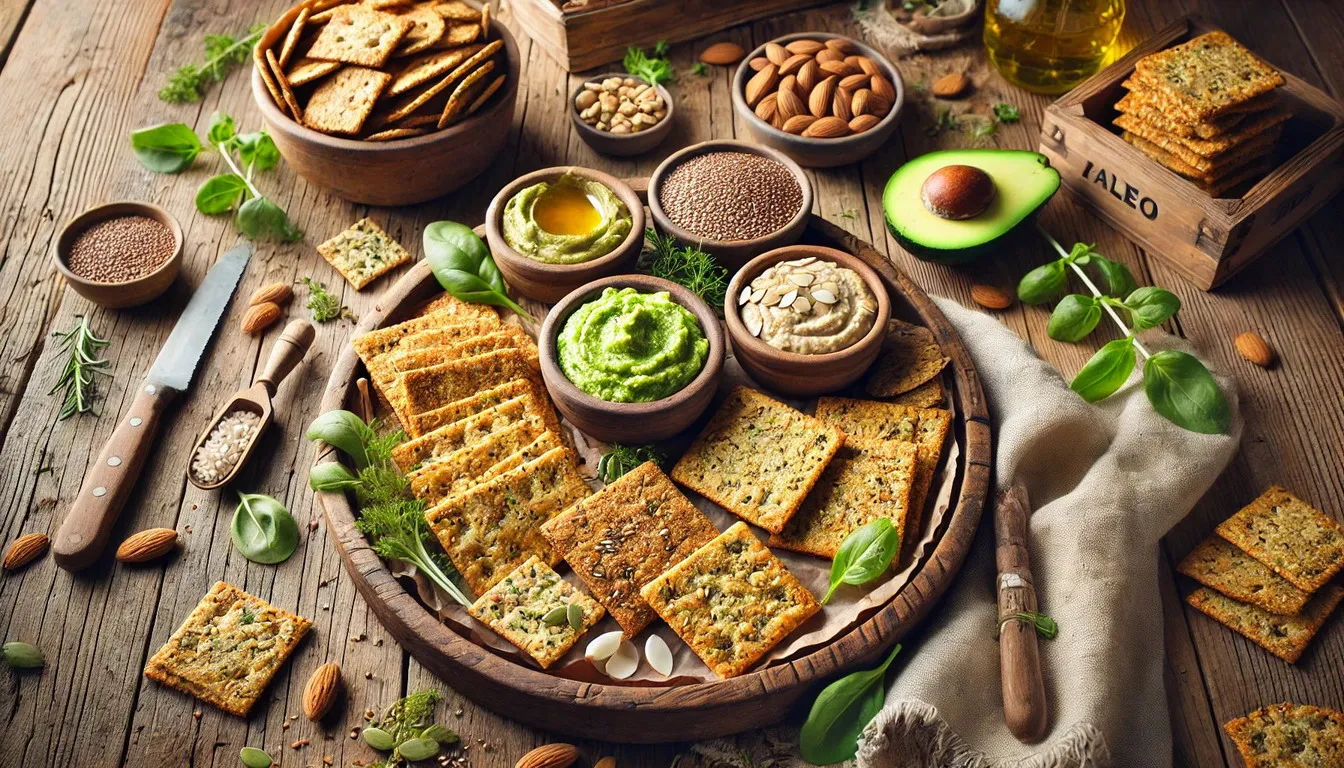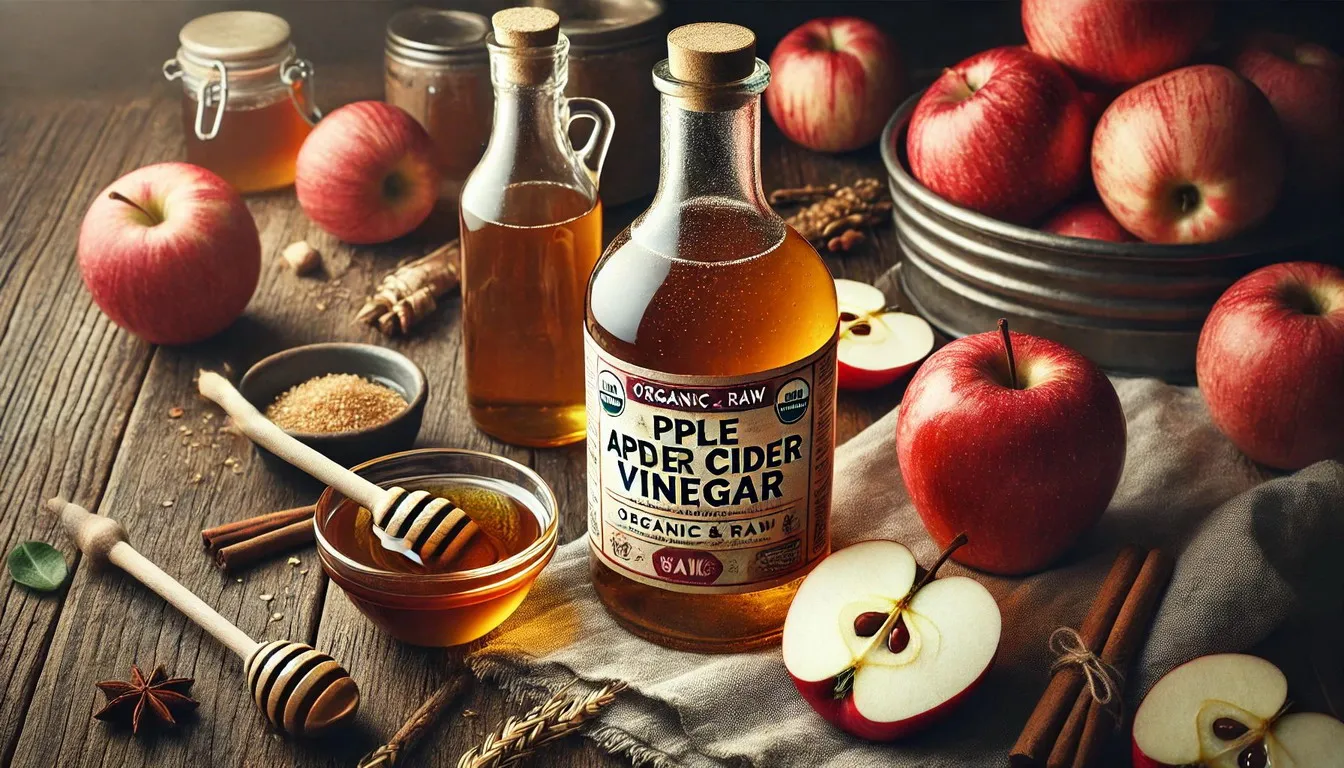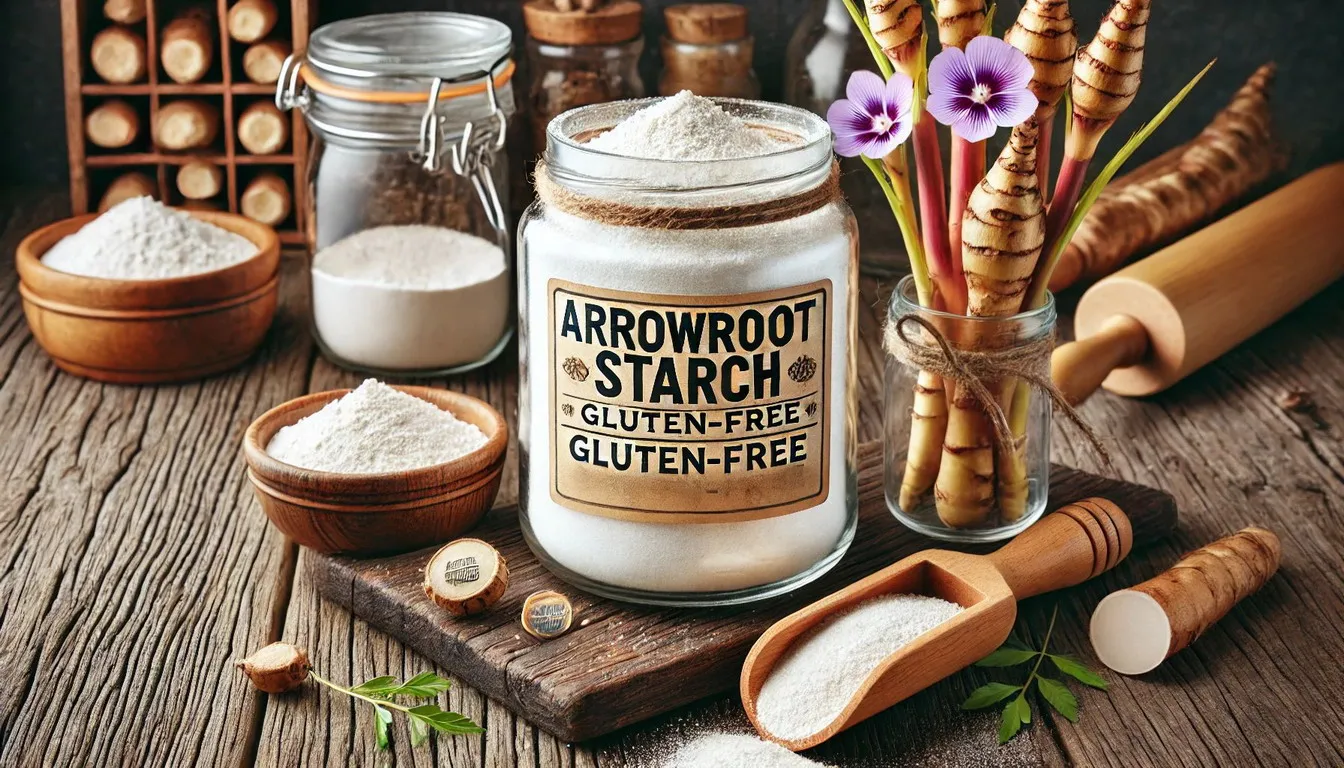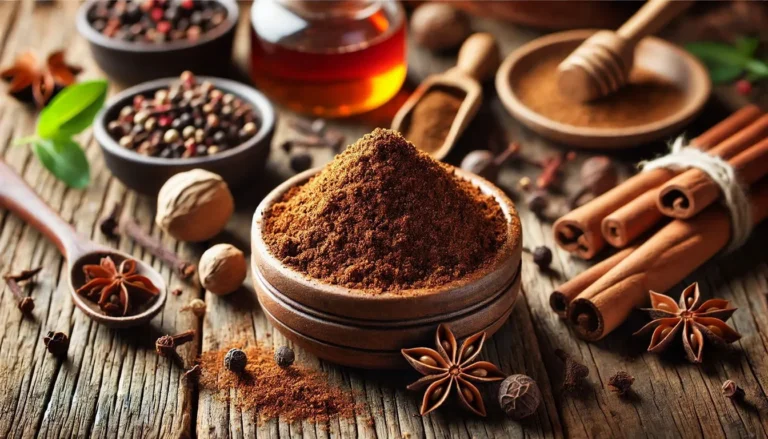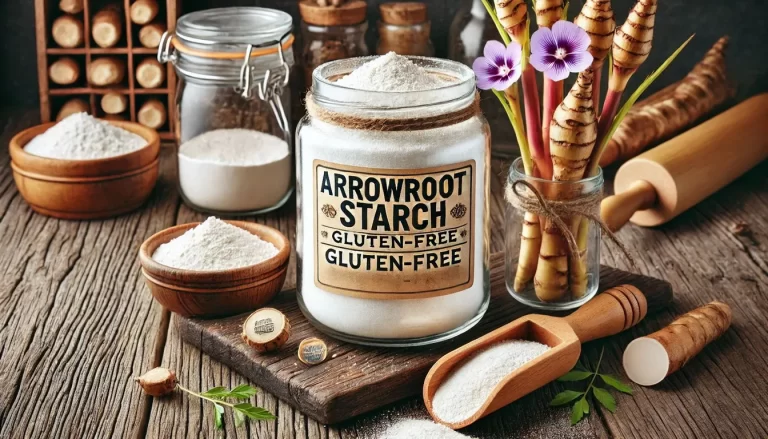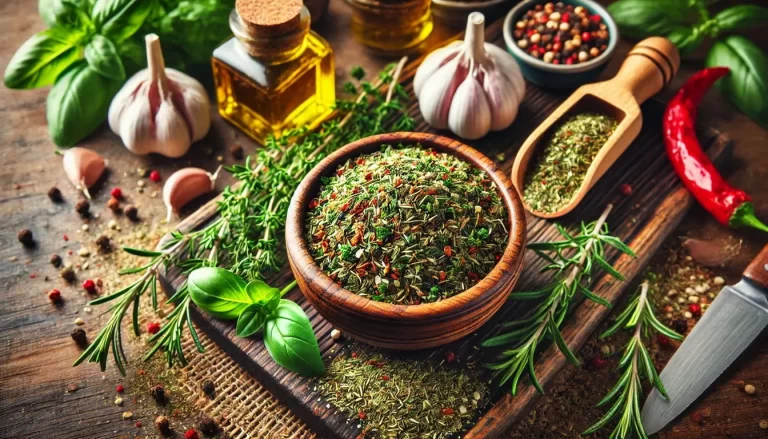The Paleo diet, often referred to as the Paleolithic diet, is inspired by the eating habits of our ancient ancestors. It emphasizes whole foods like meats, fish, vegetables, fruits, nuts, and seeds while excluding processed foods, grains, and dairy. One of the key elements that can enhance the flavor and nutritional value of Paleo dishes is black pepper. This spice, known as the “king of spices,” not only adds a punch of flavor but also offers numerous health benefits that align perfectly with the Paleo lifestyle.
Historical Context of Black Pepper
Black pepper, scientifically known as Piper nigrum, is native to South India. Its use dates back thousands of years, with evidence of its presence in ancient Egyptian tombs. During the Roman Empire, black pepper was highly prized and even used as a form of currency. It played a significant role in the spice trade, which shaped global history.
In the context of the Paleo diet, while our Paleolithic ancestors may not have had access to black pepper as we do today, they did use various herbs and spices available in their environment. The inclusion of black pepper in modern Paleo cooking is a nod to this tradition of using natural flavorings to enhance food.
Nutritional Benefits of Black Pepper
Black pepper is more than just a spice; it’s a nutritional powerhouse. Here’s a look at its key nutrients and their benefits:
- Vitamins and Minerals: Black pepper contains vitamins A, C, and K, as well as minerals like potassium, magnesium, and calcium. These nutrients are essential for maintaining overall health.
- Piperine: The active compound piperine gives black pepper its pungent flavor and numerous health benefits. Piperine enhances the bioavailability of various nutrients, making them more accessible to the body.
- Antioxidants: Black pepper is rich in antioxidants, which help combat free radicals and reduce oxidative stress, potentially lowering the risk of chronic diseases.
Health Benefits of Black Pepper in a Paleo Diet
Including black pepper in your Paleo diet can provide several health advantages:
- Anti-inflammatory Properties: Piperine has been shown to reduce inflammation, which is beneficial for overall health and can help alleviate symptoms of inflammatory conditions.
- Digestive Health: Black pepper stimulates the secretion of digestive enzymes, aiding in the digestion and absorption of nutrients.
- Weight Management: Piperine has been linked to improved metabolism and fat loss, which can be beneficial for those looking to maintain a healthy weight.
- Improved Nutrient Absorption: Piperine enhances the absorption of important nutrients like curcumin (from turmeric) and beta-carotene, maximizing their benefits.
Black Pepper in Paleo Recipes
Black pepper is a versatile spice that can be used in a variety of Paleo dishes. Here are some ways to incorporate it:
- Grilled Meats: Seasoning meats with black pepper before grilling enhances their flavor and creates a delicious crust.
- Roasted Vegetables: Tossing vegetables like cauliflower, broccoli, or Brussels sprouts with olive oil and black pepper before roasting brings out their natural sweetness and adds a spicy kick.
- Soups and Stews: Adding freshly ground black pepper to soups and stews can enhance their depth of flavor.
Sample Recipes
1. Black Pepper Chicken
Ingredients:
- 4 boneless, skinless chicken breasts
- 2 tablespoons olive oil
- 1 teaspoon sea salt
- 2 teaspoons freshly ground black pepper
- 1 tablespoon lemon juice
- Fresh parsley for garnish
Instructions:
- Preheat the grill to medium-high heat.
- Rub the chicken breasts with olive oil, sea salt, and black pepper.
- Grill the chicken for 6-7 minutes on each side or until fully cooked.
- Drizzle with lemon juice and garnish with fresh parsley before serving.
2. Spicy Roasted Cauliflower
Ingredients:
- 1 head of cauliflower, cut into florets
- 2 tablespoons olive oil
- 1 teaspoon sea salt
- 1 teaspoon freshly ground black pepper
- 1 teaspoon paprika
- 1 teaspoon garlic powder
Instructions:
- Preheat the oven to 425°F (220°C).
- Toss the cauliflower florets with olive oil, sea salt, black pepper, paprika, and garlic powder.
- Spread the florets on a baking sheet and roast for 25-30 minutes, or until golden brown and crispy.
Black Pepper Varieties and Their Uses
Not all black pepper is created equal. Here are some popular varieties:
- Tellicherry Peppercorns: These are larger, more mature peppercorns with a robust flavor. They are ideal for dishes that require a strong peppery taste.
- Malabar Peppercorns: Originating from the Malabar Coast of India, these peppercorns have a strong aroma and are great for everyday use.
- Sarawak Peppercorns: These come from Malaysia and are known for their fruity and complex flavor, making them perfect for both savory and sweet dishes.
Buying and Storing Black Pepper
To get the most out of black pepper, consider these tips:
- Buying: Always opt for whole peppercorns instead of pre-ground pepper. Whole peppercorns retain their flavor and nutrients much longer.
- Storing: Store peppercorns in an airtight container in a cool, dark place. Avoid exposing them to heat and sunlight, which can degrade their quality.
Black pepper is a staple spice in the Paleo diet, offering both flavor and health benefits. By incorporating black pepper into your meals, you can enhance the taste of your food while also reaping its nutritional rewards. Whether you’re grilling meats, roasting vegetables, or making soups, black pepper is a versatile ingredient that complements the Paleo lifestyle perfectly.
FAQ Section
Q: Is black pepper Paleo-friendly? A: Yes, black pepper is Paleo-friendly. It is a natural spice that can be used to enhance the flavor of various Paleo dishes.
Q: Can black pepper help with weight loss? A: Piperine, the active compound in black pepper, has been linked to improved metabolism and fat loss, which can aid in weight management.
Q: How much black pepper should I use in my cooking? A: The amount of black pepper you use depends on your taste preference. Start with a small amount and adjust according to your liking.
Q: Does black pepper have any side effects? A: In general, black pepper is safe for most people when used in typical culinary amounts. However, consuming large amounts may cause gastrointestinal discomfort in some individuals.
Q: Can I use black pepper in sweet dishes? A: Yes, black pepper can add a unique flavor to sweet dishes. It pairs well with fruits like strawberries and can be used in desserts for a spicy kick.
Q: How do I ensure I’m buying high-quality black pepper? A: Look for whole peppercorns from reputable brands. High-quality peppercorns should be uniform in size and have a strong, aromatic scent.
Q: What is the best way to grind black pepper? A: Use a pepper mill or grinder to grind black pepper fresh as needed. This ensures maximum flavor and potency.
By understanding the benefits and uses of black pepper in the Paleo diet, you can make more informed choices in your cooking and enjoy the full range of its health benefits.
